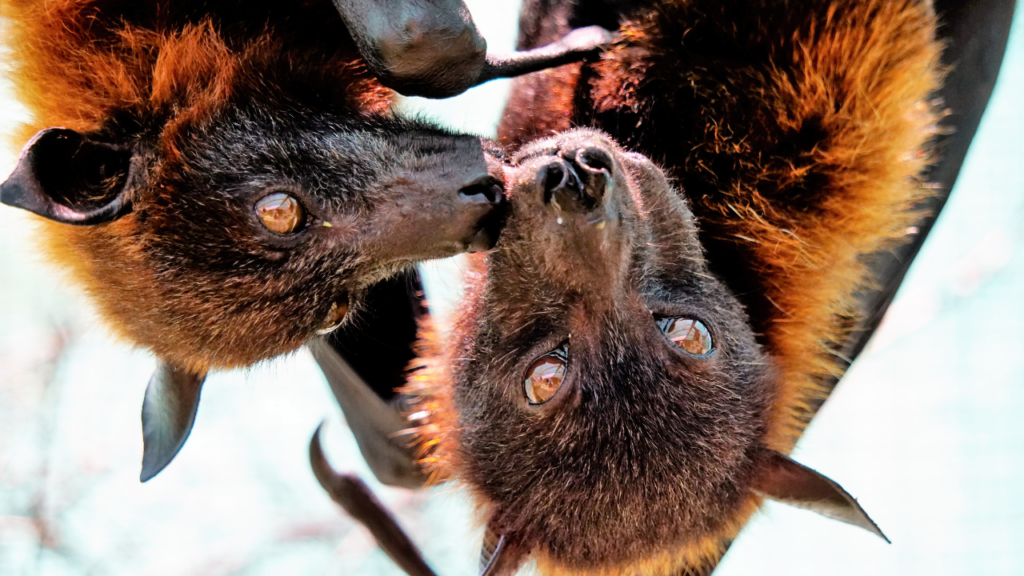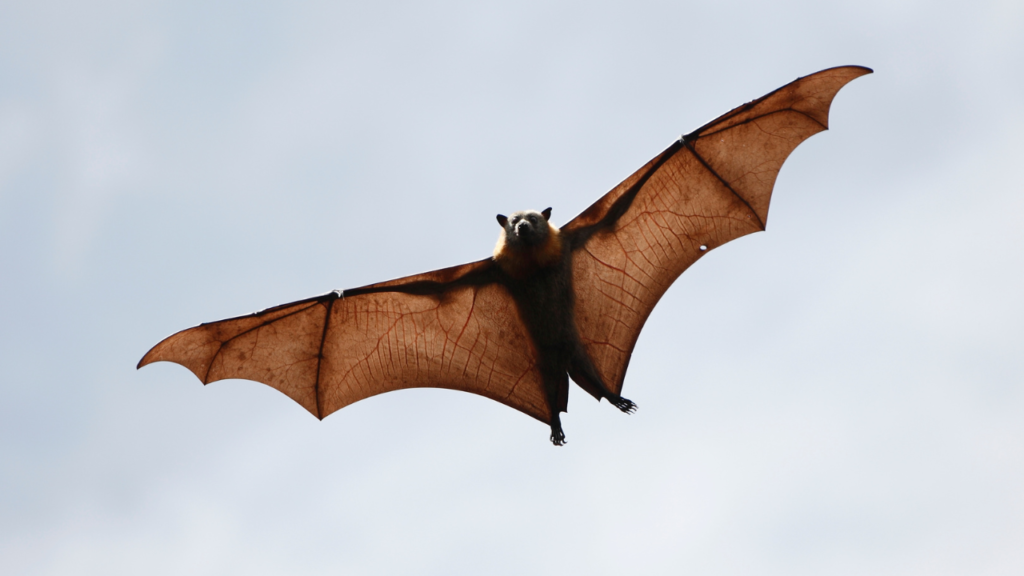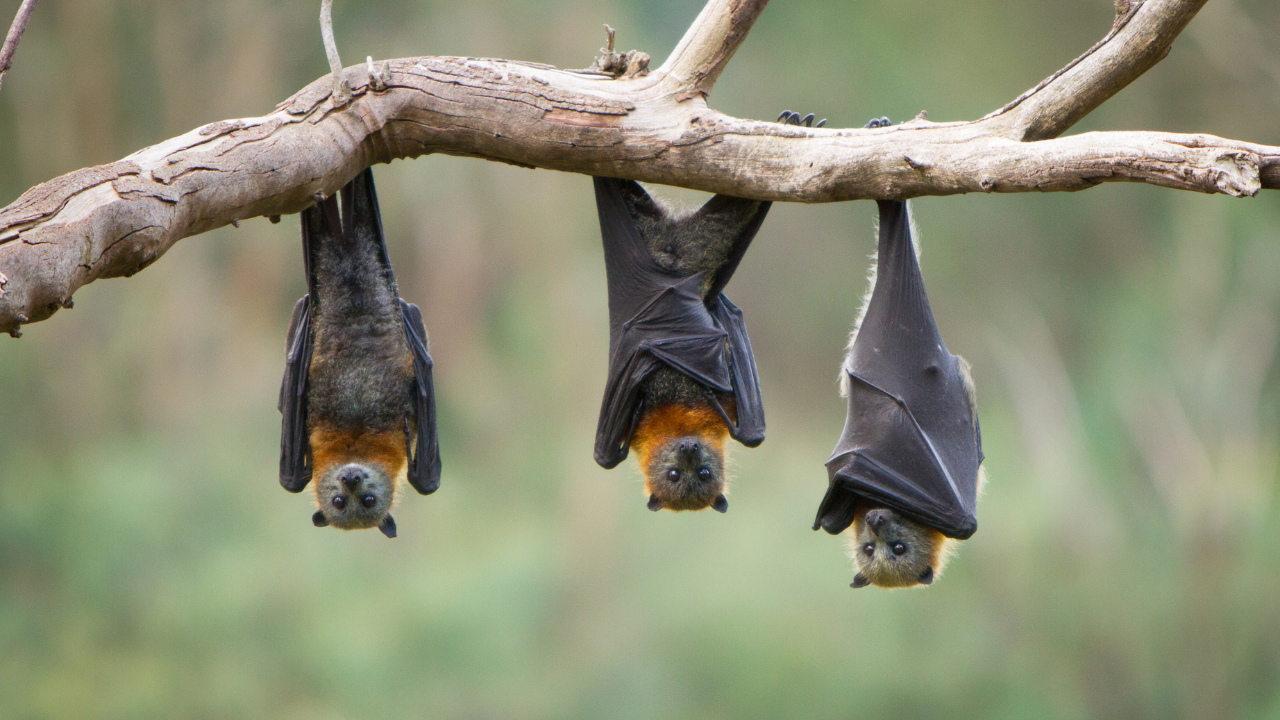We use affiliate links to run our site. When you buy through links on our site, we may earn an affiliate commission, without any added cost to you. Learn more
Bats have always been a fascinating topic, especially for those interested in the animal kingdom. But there is a common misconception about these creatures – can they really be kept as pets?
Many people are not aware of the risks and dangers involved in owning a bat as a pet. So, is it really possible to have a bat as a pet?
In this article, we will explore this topic in detail and reveal the truth about owning a bat as a pet. We will discuss the risks and dangers associated with keeping bats in captivity, provide alternatives for people interested in bats, and answer some frequently asked questions about this topic.
Let’s dive in and learn more about bats and the truth behind having them as pets.
Let’s Understand Bats as Animals: Here are some Interesting Facts:
Bats are a unique and diverse group of animals. They are mammals, but unlike most mammals, they are able to fly.
Bats are the only mammal that can do this, thanks to their unique wings made of skin stretched over elongated fingers.
There are over 1,400 species of bats in the world, and they come in all shapes and sizes.
Some bats are as small as a bumblebee, while others have a wingspan of up to six feet.
Bats are nocturnal creatures, which means they are active at night and sleep during the day.
They use echolocation to navigate and hunt, emitting high-pitched sounds that bounce back off of objects, allowing them to “see” in the dark.
Bats are also important pollinators, seed dispersers, and pest controllers. They play a crucial role in many ecosystems and are essential to the health of our planet.
However, please note that bats are not domesticated animals. They are wild animals that have evolved to live in specific environments and have unique needs and behaviors.
Keeping a bat as a pet is not only illegal in many countries, but it is also unethical and dangerous for both the bat and the owner.
The differences between bats and other domesticated animals.
There are several differences between bats and other domesticated animals.
Firstly, bats are wild animals that have not been selectively bred over generations to live with humans. Domesticated animals, such as dogs and cats, have been bred for thousands of years to be more social and cooperative with humans.
Bats have not undergone this process, and as a result, they do not have the same innate ability to bond with humans.
Secondly, bats have unique needs and behaviors that are difficult to replicate in captivity. For example, many species of bats are migratory and require large areas to fly and forage.
Bats also have specific dietary requirements, such as a high-protein diet that consists of insects, fruit, and nectar.
Meeting these needs in captivity is challenging, and many captive bats suffer from malnutrition, stress, and other health problems.
Lastly, bats have the potential to transmit diseases, such as rabies, to humans and other animals. While not all bats carry rabies, it is still a significant risk that should not be taken lightly.
Domesticated animals, on the other hand, have been vaccinated and screened for diseases, making them safer to be around.
Can You Keep A Honduran White Bat As A Pet?
The Risks of Owning a Bat as a Pet:

Owning a bat as a pet comes with a variety of risks and dangers, both for the bat and the owner. Here are some of the most significant risks associated with keeping a bat as a pet:
1. Legal Consequences: In many countries, it is illegal to keep bats as pets. If you are caught keeping a bat as a pet, you could face hefty fines or even imprisonment. It is important to check the laws in your area before considering owning a bat as a pet. In USA research facilities, wildlife sanctuaries, and zoos are the only people who can legally own bats.
2. Health Risks: Bats have the potential to carry and transmit diseases to humans and other animals, such as rabies, histoplasmosis, and SARS. Even if a bat appears healthy, it could still be carrying a disease that could be transmitted to humans or other animals. It is difficult to diagnose illnesses in bats, and many diseases can be fatal to humans.
3. Difficulty Meeting Their Needs: As mentioned earlier, bats have unique needs and behaviors that are difficult to replicate in captivity. They require large areas to fly and forage, specialized diets, and specific temperature and humidity levels. Meeting these needs in captivity is challenging and often leads to health problems and stress in captive bats.
4. Ethical Considerations: Bats are wild animals that have not been domesticated. Keeping a bat as a pet is unethical and goes against their natural instincts and behaviors. Captive bats often suffer from stress, depression, and other health problems, leading to a shortened lifespan.
5. Danger to Children and Other Animals: Bats are not domesticated and can be unpredictable. They may attack if they feel threatened or stressed. Children and other animals may not understand how to interact with a bat safely, leading to potential injuries or even death.
Alternatives to Owning a Bat as a Pet
For people interested in bats, there are several alternatives to owning a bat as a pet. Here are some ideas:
1. Visit a Local Zoo or Wildlife Rehabilitation Center: Many zoos and wildlife rehabilitation centers have bats on display for educational purposes. Visiting these facilities can provide an opportunity to learn about bats and see them up close without the risks associated with owning a bat as a pet.
2. Attend Bat Walks and Talks: Many nature centers and parks offer guided bat walks and talks during the summer months. These events provide an opportunity to learn about bats and see them in their natural habitat.
3. Support Bat Conservation Efforts: Bats play a vital role in many ecosystems, but their populations are declining due to habitat loss, disease, and other factors. Supporting bat conservation efforts, such as donating to bat conservation organizations or participating in citizen science projects, can help protect bats and their habitats.
4. Install a Bat House: Installing a bat house on your property can provide a safe and comfortable roosting spot for bats. Bat houses are easy to build or purchase and can provide a habitat for bats while also helping to control insect populations.
5. Read and Watch Educational Materials: There are many books, documentaries, and other educational materials available that can teach you about bats and their behavior. Learning about bats can help you appreciate them without the risks associated with owning a bat as a pet.

Final Thoughts:
In conclusion, owning a bat as a pet is not a responsible or ethical decision. Bats are wild animals with unique needs and behaviors that cannot be met in captivity, and they pose significant risks to both humans and other animals. However, there are many alternatives available for you if you are interested in bats like those we have discussed.
We hope this article has provided you with valuable insights into the risks and alternatives associated with owning a bat as a pet. If you found this article informative, please share it with your friends and family to spread awareness about the dangers of owning bats as pets.
Also, feel free to explore more articles on our website for information on a wide range of topics related to pets and animal welfare.
Remember, bats are fascinating and important animals that play a crucial role in our ecosystem. By learning about them and appreciating them in their natural habitat, we can help protect them for generations to come.
Amazon and the Amazon logo are trademarks of Amazon.com, Inc, or its affiliates.
